What Loft Of Driver Should I Use?
Are you sure you are playing the loft of driver that best suits your game? Here, we take a look at the different factors that need to be considered...
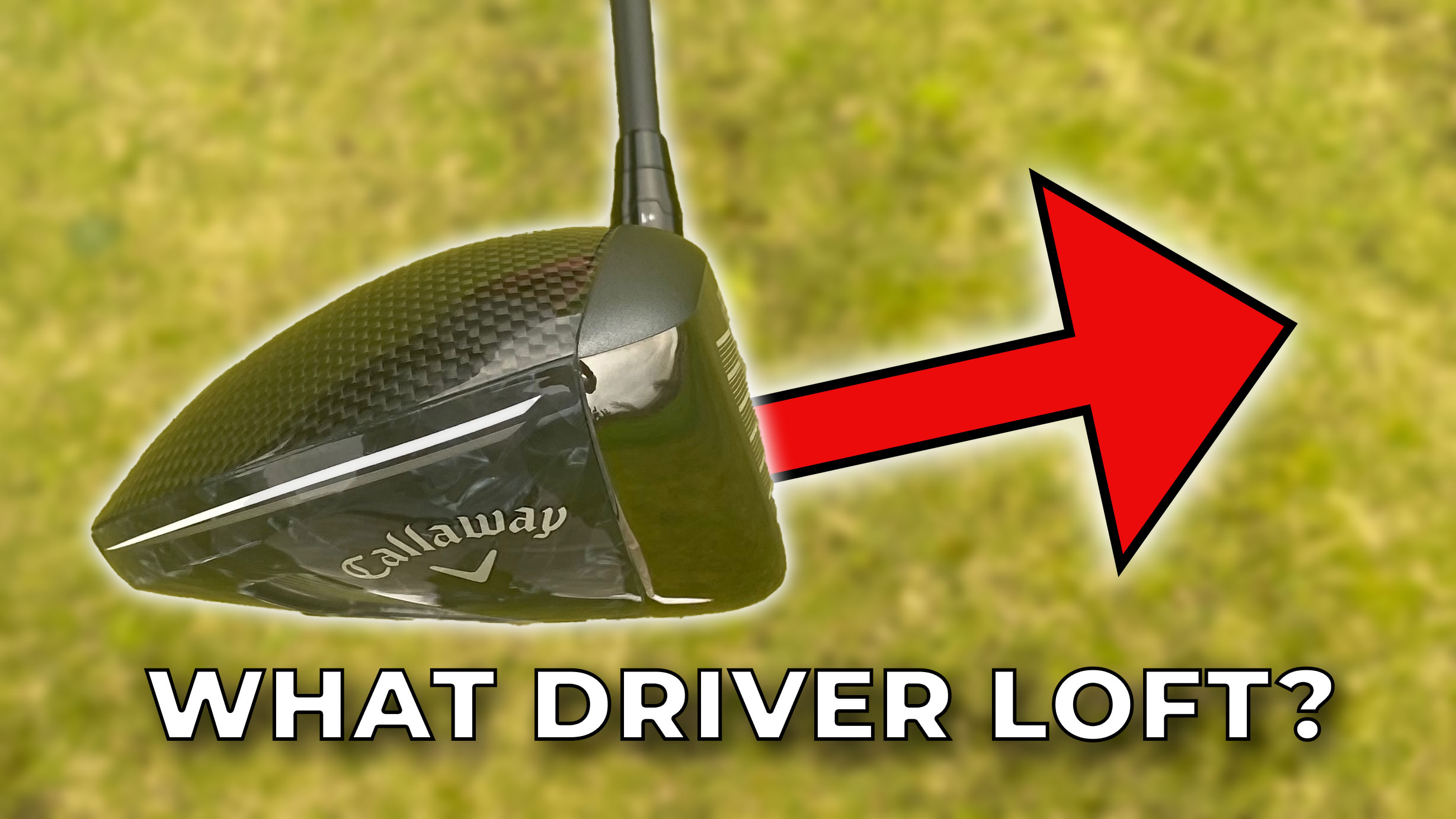

The driver is generally the longest-hitting club in our bags, and many of us will use it from the tee on the majority of holes we play, so it is fair to say that driving the golf ball well is critical to maximizing your potential on the golf course. You may have invested upwards of $500 on one of the best drivers in the game, but if it isn't set in the optimal loft then you could be leaving yardage and accuracy on the table.
So how do you know what the correct loft is for your driver? Ultimately, there's no substitute for going to see your local PGA professional and going through a thorough custom fitting session using one of the best launch monitors, but here are some ideas that might help you get to a better place immediately...
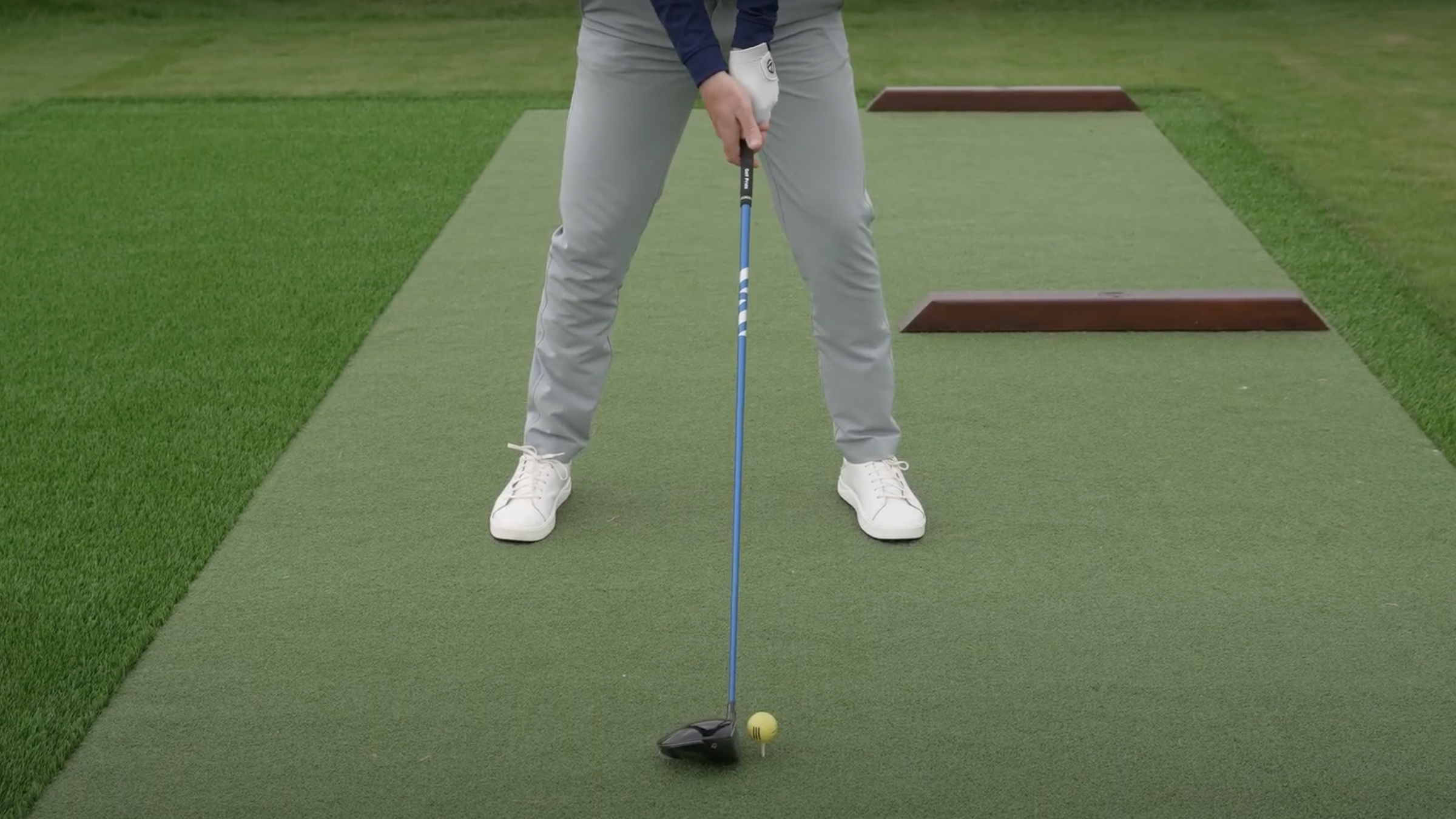
It's important that you have the correct loft for your driver
What Player Type Would Benefit From More Loft?
Generally speaking in my experience as a custom fitter, the slower a player swings the club, the higher the loft of the driver needs to be to optimize their carry number. However, it must be noted that a higher loft won’t always work for everyone. Other factors of individual delivery conditions such as dynamic loft, club path, and angle of attack will all play a role in defining what loft will best suit even at the highest level. Bryson DeChambeau for example has been seen in driver lofts as low as 5˚, whereas another very high speed player Dustin Johnson plays a driver close to 12˚ of loft because he returns the club at impact with a very low dynamic loft number.
What Is Spin Loft And Why Is It Important?
Spin loft is essentially the difference between your attack angle (how much up or down the clubhead is traveling at impact) and the dynamic loft (the loft presented to the ball at impact). For example, if you hit 5˚ up on the ball, and presented 10˚ of dynamic loft, your spin loft would be 5˚. Whereas if you hit 2˚ down on the ball and presented the same 10˚ of loft, your spin loft would be 12˚.
Spin loft is important because, as the name would suggest, it plays an important role in determining how much backspin you put on the golf ball. In broad terms, the lower your spin loft the more optimized your distance will be, but it is so dependant on your attack angle. For example, if you hit 2˚ down on your driver with a low dynamic loft, you will struggle to get the ball airborne. It is critical your driver loft compliments your individual delivery statistics to maximize performance.
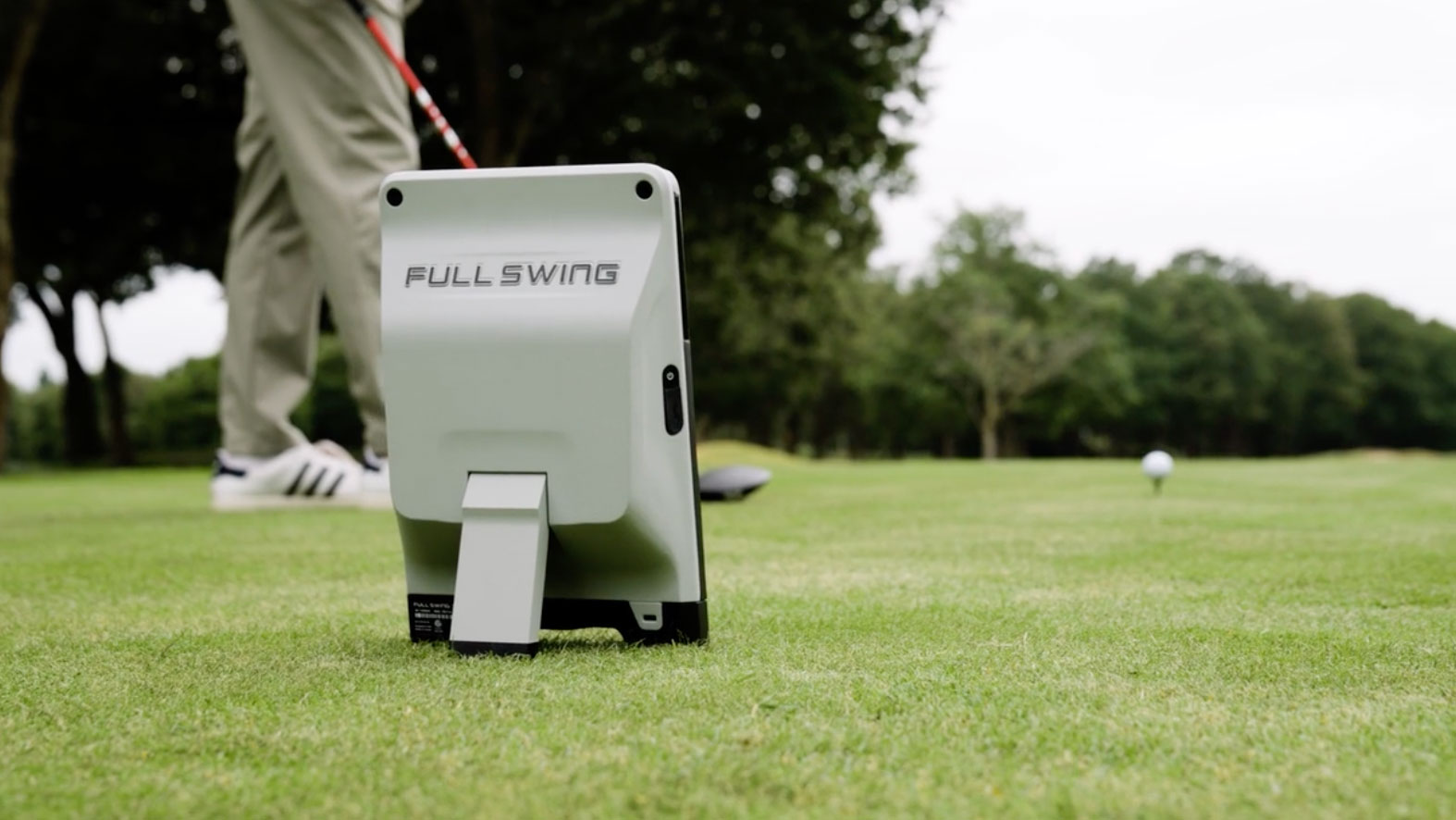
Using technology such as the FullSwing KIT launch monitor will help find out what your spin rate is for your driver
Who Needs A High Lofted Driver?
1. Slow Swingers
Someone with a slow swing speed (85mph or less) needs more loft on their driver. Why? Well, imagine firing water from a garden hose at a plant pot on the other side of the garden. If someone were to turn down the pressure of the hose, you would have to tilt the nozzle upwards to try and maintain the distance the water is traveling. The same applies to the loft of your driver. Golfers with this swing speed would typically benefit from a driver between 12-14° of loft.
2. Downward Hitters
Golfers that hit down on the ball (have a negative attack angle) will tend to require more loft because they are not building any launch into their shots with an attack angle. If you give a downward striker too little loft they will simply not be able to get the ball airborne. That said, as a custom fitter it is also potentially detrimental to give a downward striker too much loft as this will raise spin loft too high and compromise efficiency. That is why, from an efficiency point of view, it is generally more beneficial to strike the driver marginally on an upward angle of attack.
Subscribe to the Golf Monthly newsletter to stay up to date with all the latest tour news, equipment news, reviews, head-to-heads and buyer’s guides from our team of experienced experts.
3. Those That Use Low And Front Weighted Drivers
Drivers that possess a low and forward center of gravity, be it through the position of front tracks or heavier sole weights, tend to generate less spin so require a higher launch angle (created by using a higher loft) to maximize distance.
Currently on the market, there a number of best golf drivers for distance, however, it is worth noting that a higher lofted driver can also be more forgiving from a dispersion standpoint because it is harder to curve the ball due to the increased levels of backspin.
Who Needs A Lower Lofted Driver?
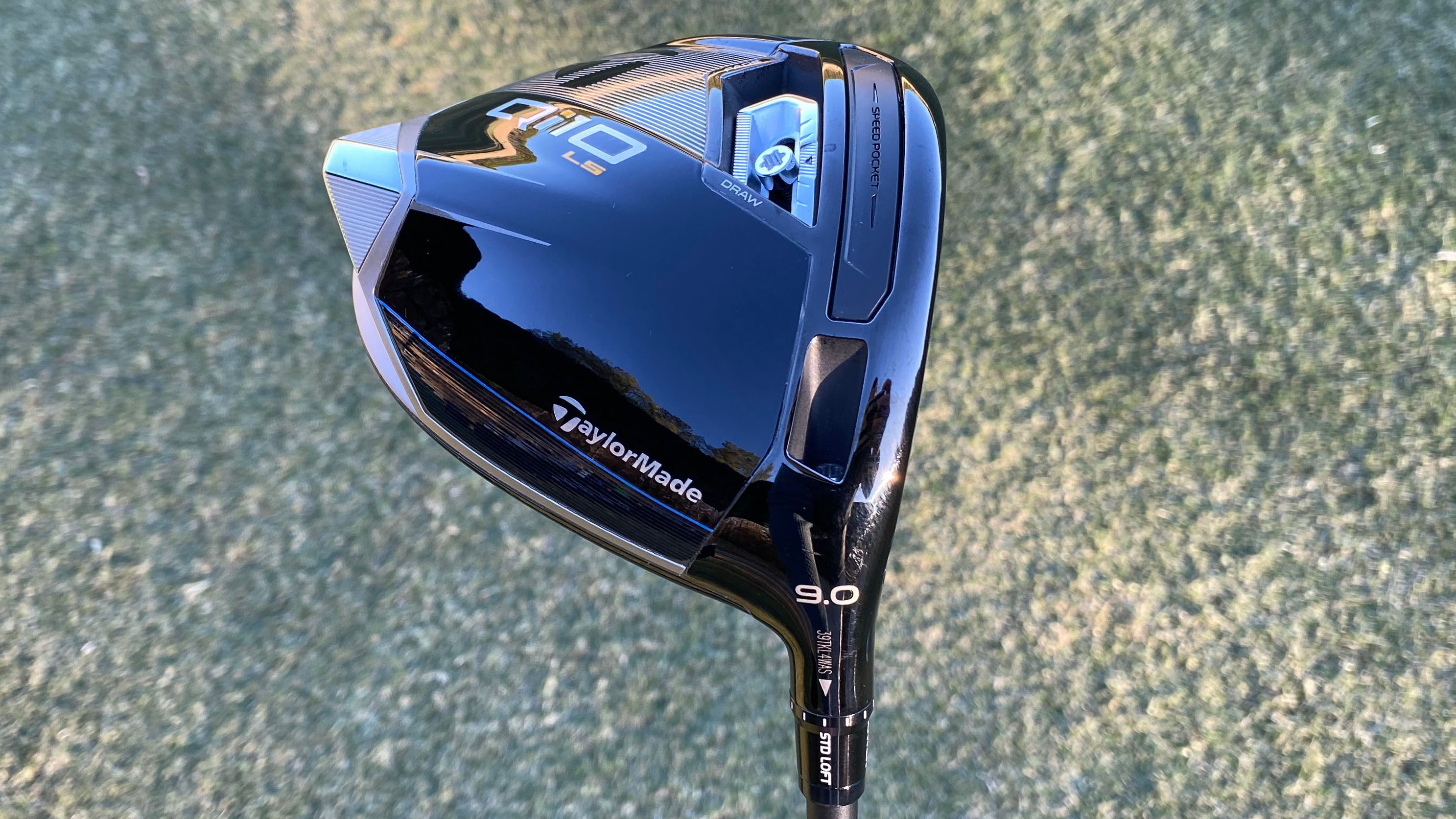
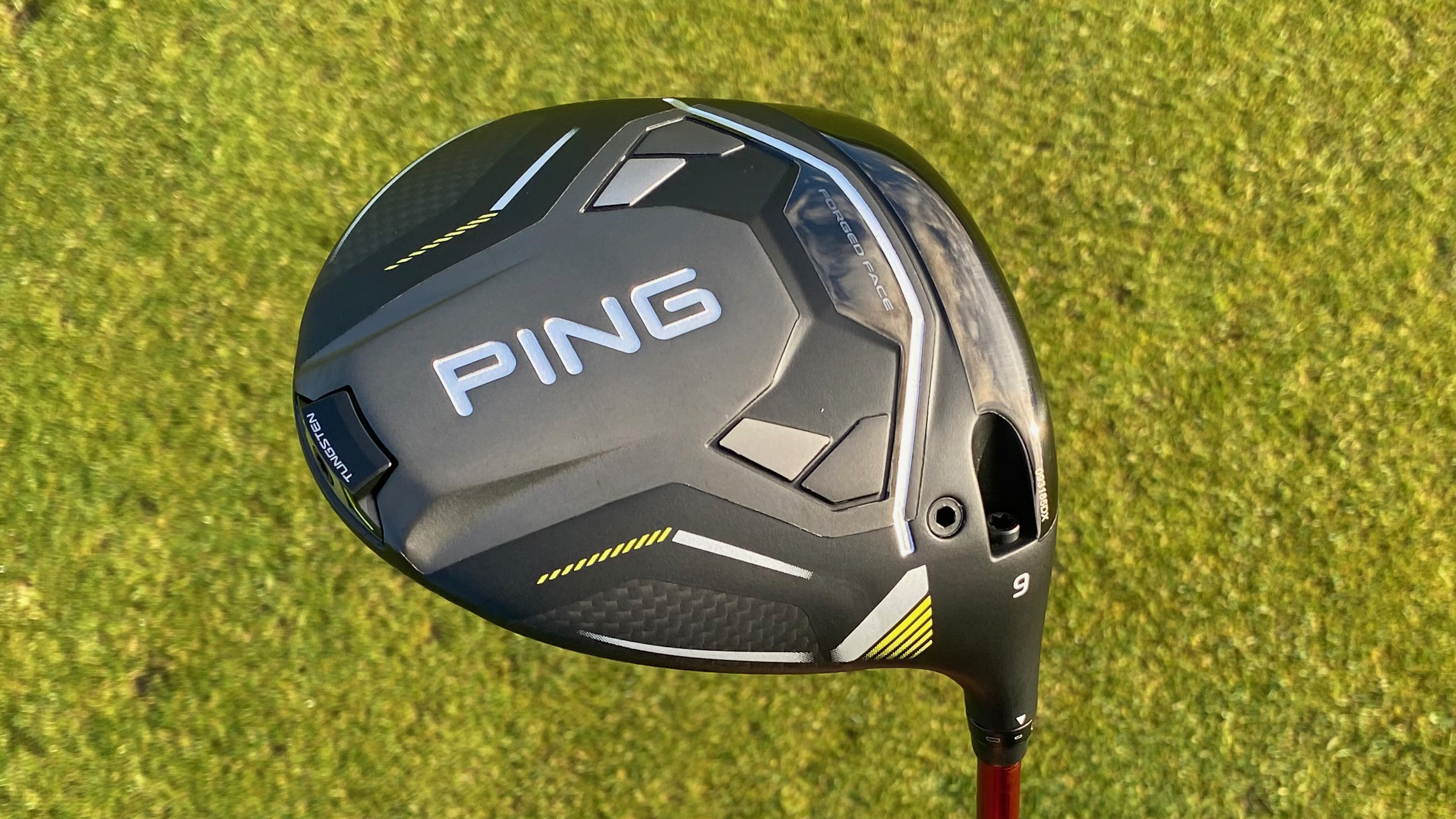
1. Fast Swingers
If you’re in this bracket (105mph club speed or more) then you probably don’t need as much loft as a slow swinger because your ball speed is sufficient to keep it traveling on the optimum trajectory. Anywhere between 8.5-10° will usually suffice. If you have a mid-swing speed of 95-104 mph, a driver loft of between 10-11.5° will normally be a good starting point.
2. Upward Hitters
If you hit up on the ball you likely already have some launch pre-built into your shot, as such you may require less loft to reach optimal launch numbers. As an upward hitter, you have more chance of reaching your distance potential by reducing spin loft and taking advantage of a high launch, low spin ball flight.
3. Those That Use High And Back Weighted Drivers
Drivers with a back CG (Centre of Gravity) placement in the head naturally create a higher spin rate, therefore generally speaking don’t need as much loft to get the ball airborne and keep it there. The CG placement can also help you on mishits, with an array of the most forgiving drivers now available on the market.
Other Things To Consider…
Clubface Adjustability
If you’ve got a driver that offers clubface angle adjustment, changing the face angle can also affect the loft – unless you play a manufacturer where the two work independently. For example, on TaylorMade loft sleeves, when you add more loft, you actually close the face angle and vice versa.
Dynamic Loft
Dynamic loft is the actual loft you present to the ball at impact and it can differ greatly to the static loft etched on the sole of your driver. There are many factors that affect it. Dynamic loft affects launch, spin and ultimately distance so is an important number to know.
Impact location
Here’s a fact for you. The loft on your clubface varies from top to bottom by up to six degrees due to the roll of the face! Loft is at its lowest on the bottom portion of the clubface and is at its highest nearer the top. Strikes above the clubface centre will tend to launch higher with less spin and vice versa on shots from low on the clubface.

Joel has worked in the golf industry for over 15 years covering both instruction and more recently equipment. He now oversees all equipment and video content at Golf Monthly, managing a team of talented and passionate writers and presenters in delivering the most thorough and accurate reviews, buying advice, comparisons and deals to help the reader or viewer find exactly what they are looking for.
One of his career highlights came when covering the 2012 Masters he got to play the sacred Augusta National course on the Monday after the tournament concluded, shooting a respectable 86 with just one par and four birdies. To date, his best ever round of golf is a 5-under 67 back in 2011. He currently plays his golf at Burghley Park Golf Club in Stamford, Lincs, with a handicap index of 3.1.
Joel's current What's In The Bag?
Driver: Titleist GT3, 9°, Fujikura Ventus Black 6 S shaft.
Fairway wood: Titleist TSR3, 15°
Hybrid: Titleist TSi2, 18°
Irons: Titleist T150, 4-PW
Wedges: Titleist Vokey SM10, 50°, 54° and 58°
Putter: LAB Golf DF3
Ball: 2025 Titleist Pro V1x
- Matt CradockStaff Writer
- Joe FergusonStaff Writer